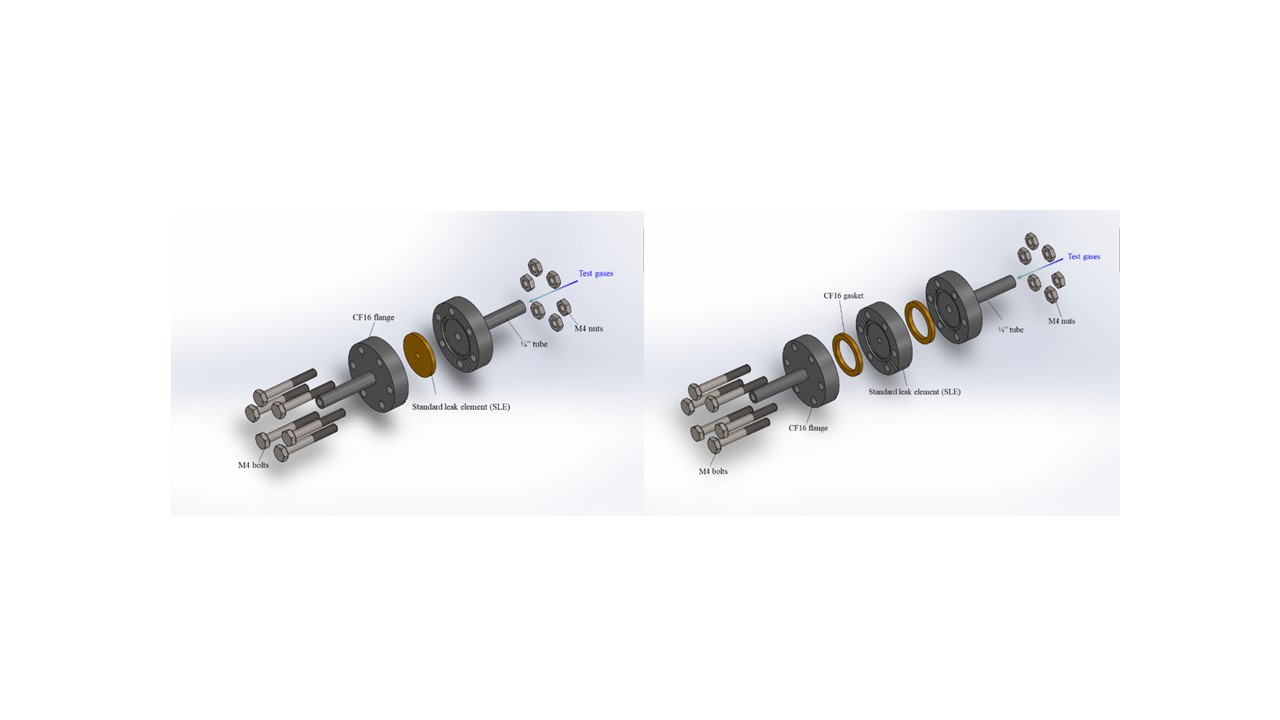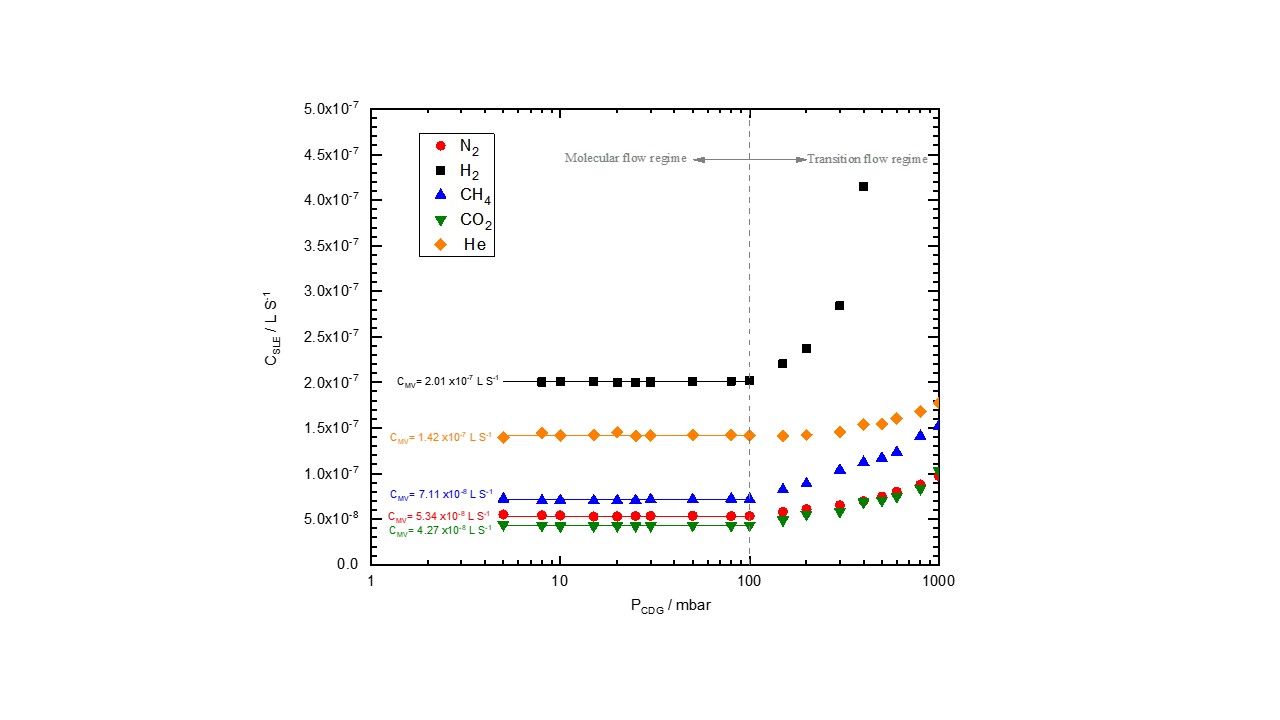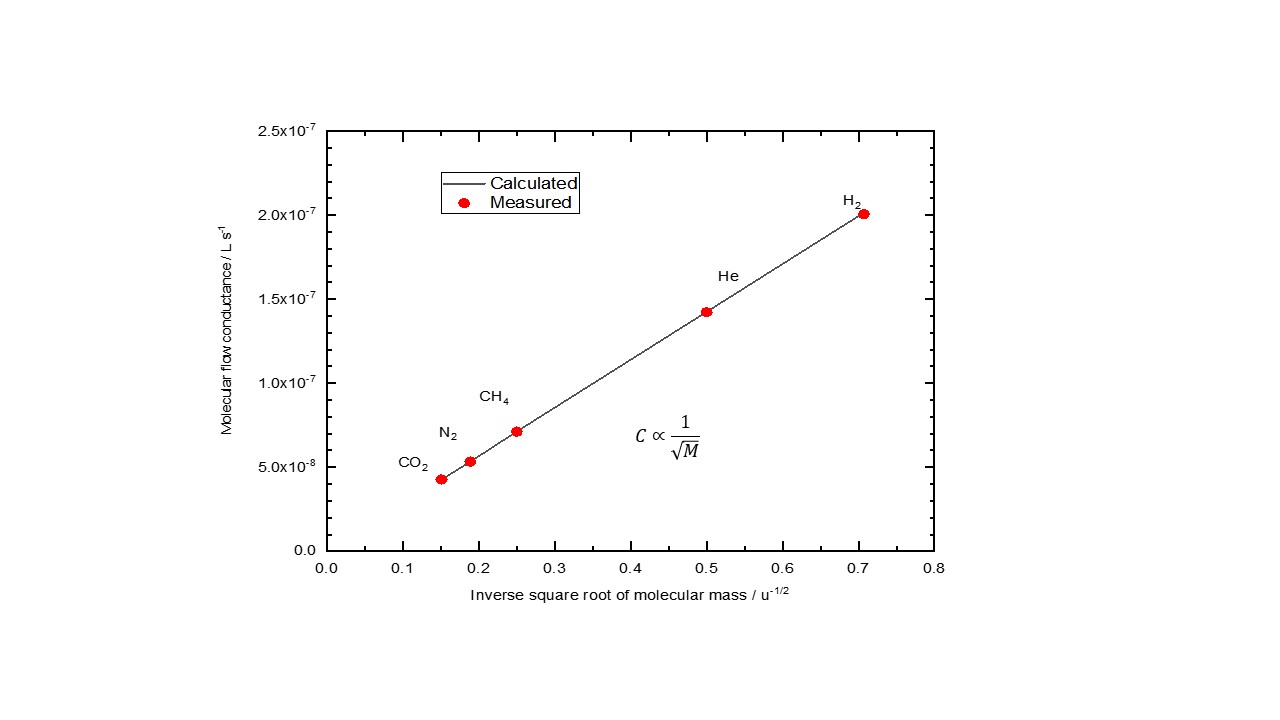| Technical Name | 大氣環境下實踐分子流狀態的微細孔洞 | ||
|---|---|---|---|
| Project Operator | National Synchrotron Radiation Research Center | ||
| Project Host | 詹哲鎧 | ||
| Summary | Two new kinds of the standard leak elements (SLEs), with a microfluidic channel in diameter of several-micrometerslength of several-hundred-micrometers, have been developed by femtosecond (fs) laser micromachining. A technique based on the conductance modulation method can be used to accurately determine the tiny conductance ( 1×10-6 L s-1) of these SLEs. |
||
| Scientific Breakthrough | Most leak paths of the SLEs in the literature (e.g., Nano hole, multichannel, AAO) were fabricated in a non-metallic substrate a subsequent sealing process was hence required to attach these non-metallic leak elements to flanges for vacuum applications. Torr Seal® is the most commonly used sealant for vacuum sealing, but its outgassing rate is of order 10-7 mbar L s-1 cm-2a baking temperature must not exceed 120 0C. We propose a simple approach using fs laser micromachining to make the SLEs, which can be compatible with an UHV environmentcan withstand higher baking temperatures. |
||
| Industrial Applicability | This invention can serve to (a) calibrate the sensitivity of an ionization gaugeresidual gas analyzer (RGA) for various gases, (b) calibrate the leak rate of a helium leak detector, (c) measure the pumping speedthe sorption capacity of a vacuum pump, (d) supply a preciseconstant gas flow in cooperation with a low-vacuum gauge (e.g., capacitance diaphragm gauge, CDG),(e) be a tiny differential pumping element, between which a desired pressure gradient can be attained with an appropriate pumping speed. |
||
| Matching Needs | 天使投資人、策略合作夥伴 |
||
| Keyword | Conductance Femtosecond (fs) laser Molecular flow | ||
- ckchan@nsrrc.org.tw
other people also saw







